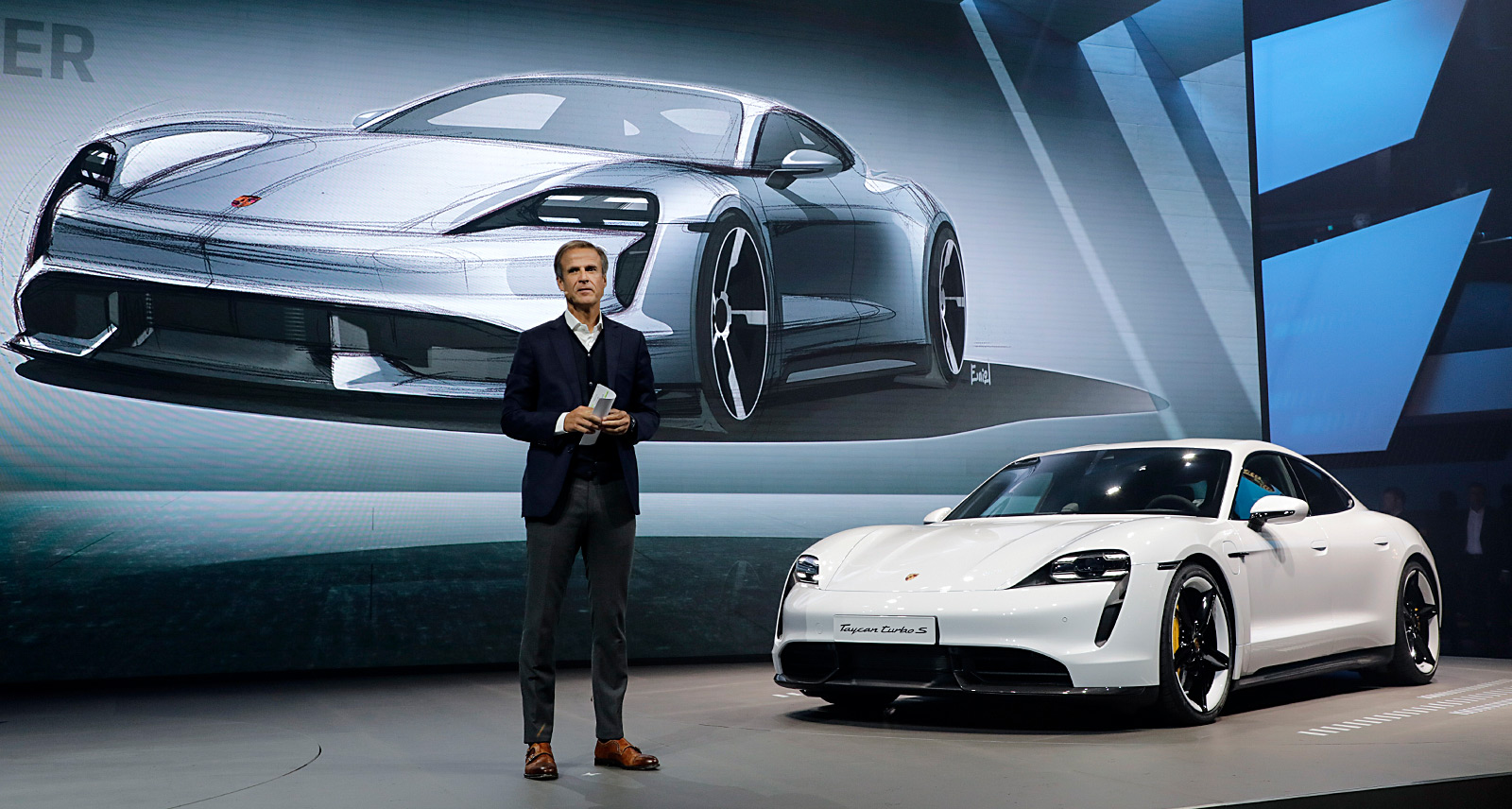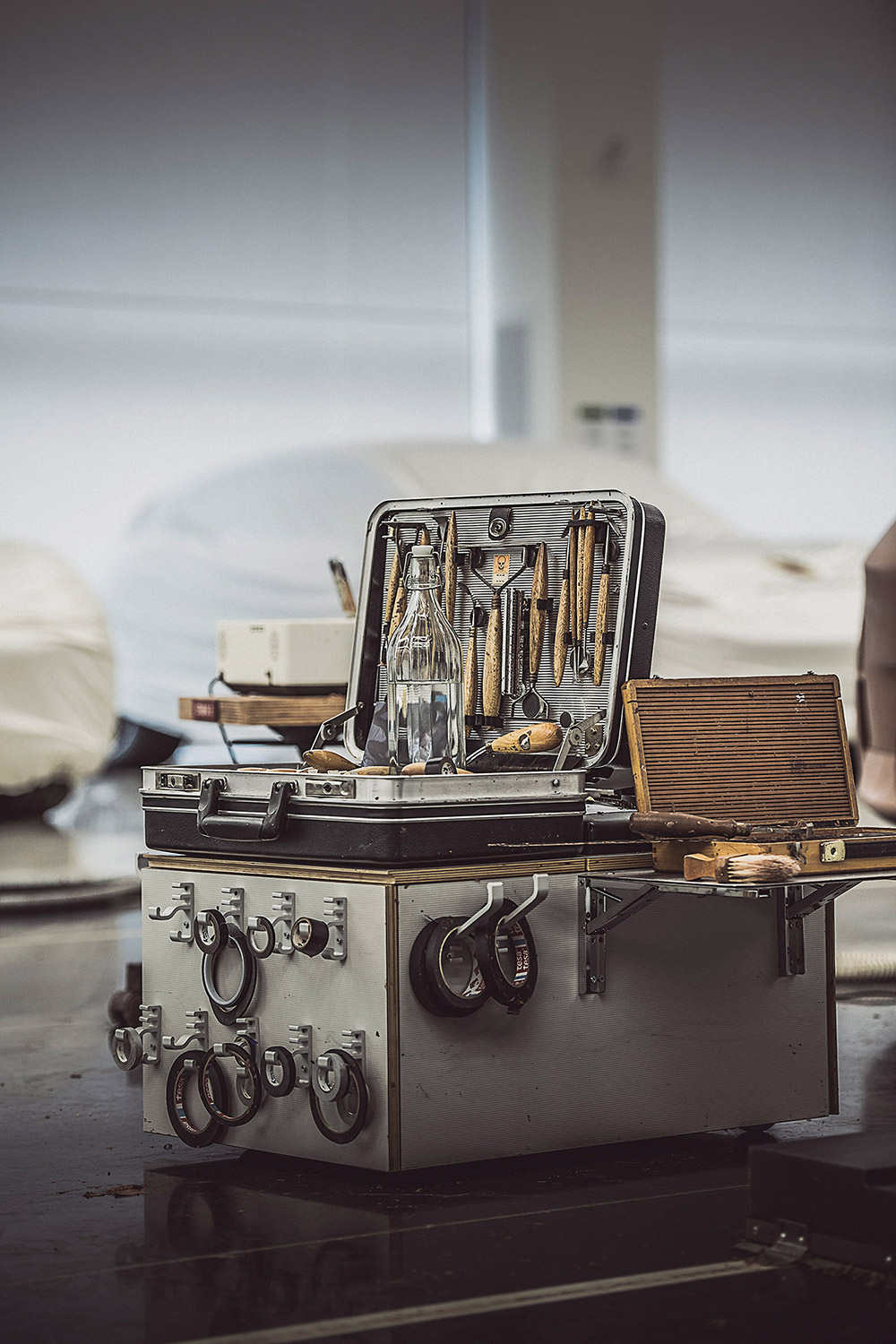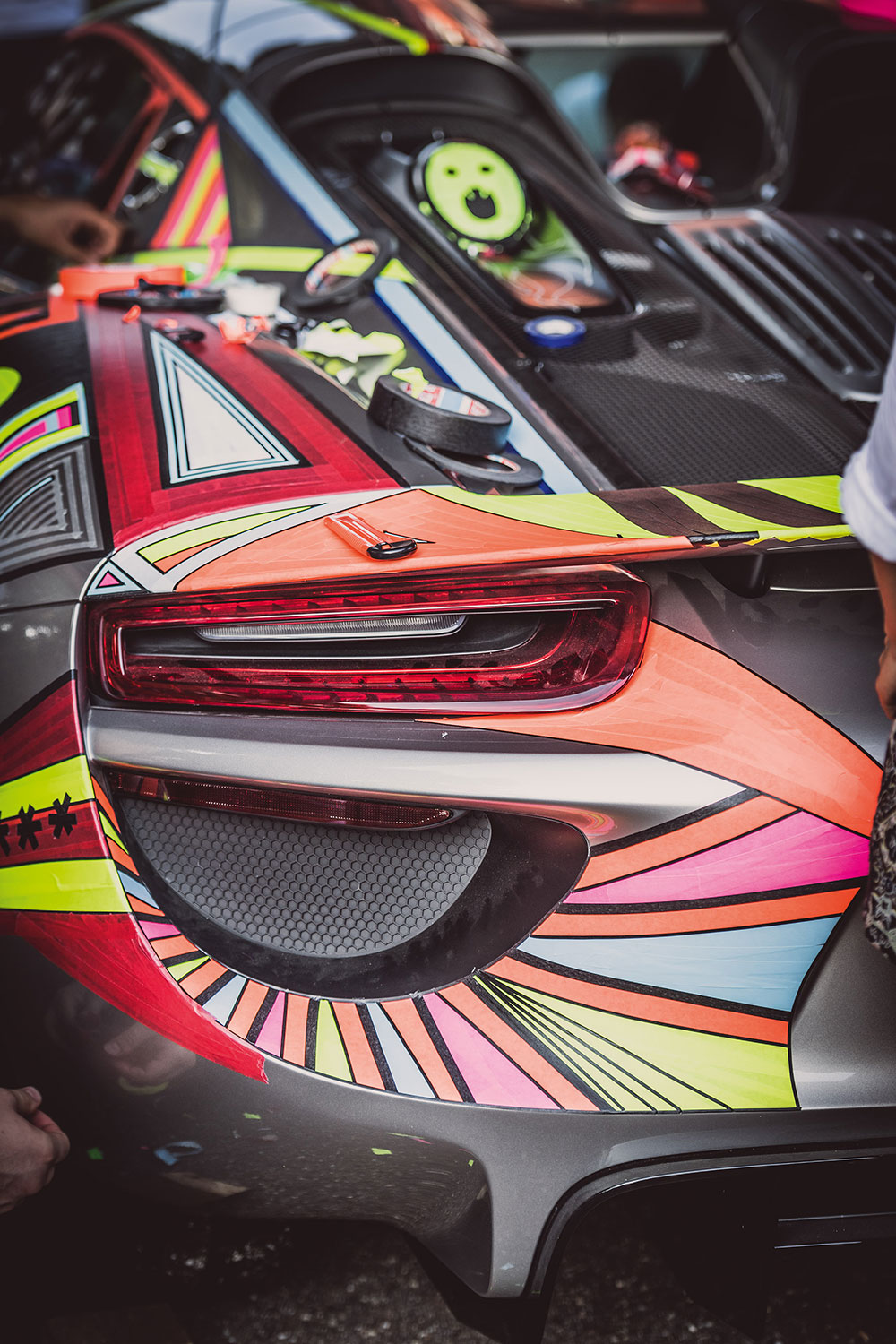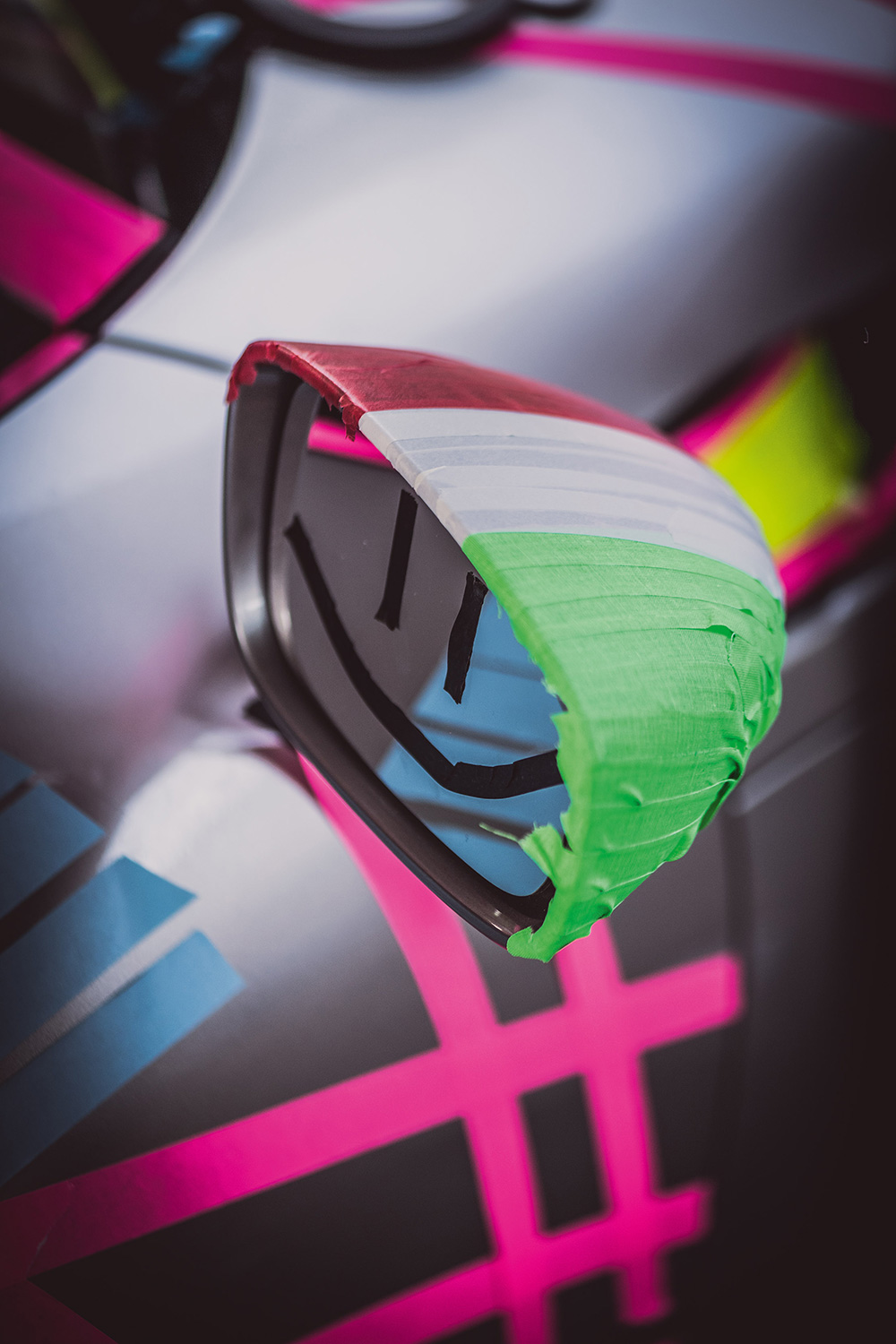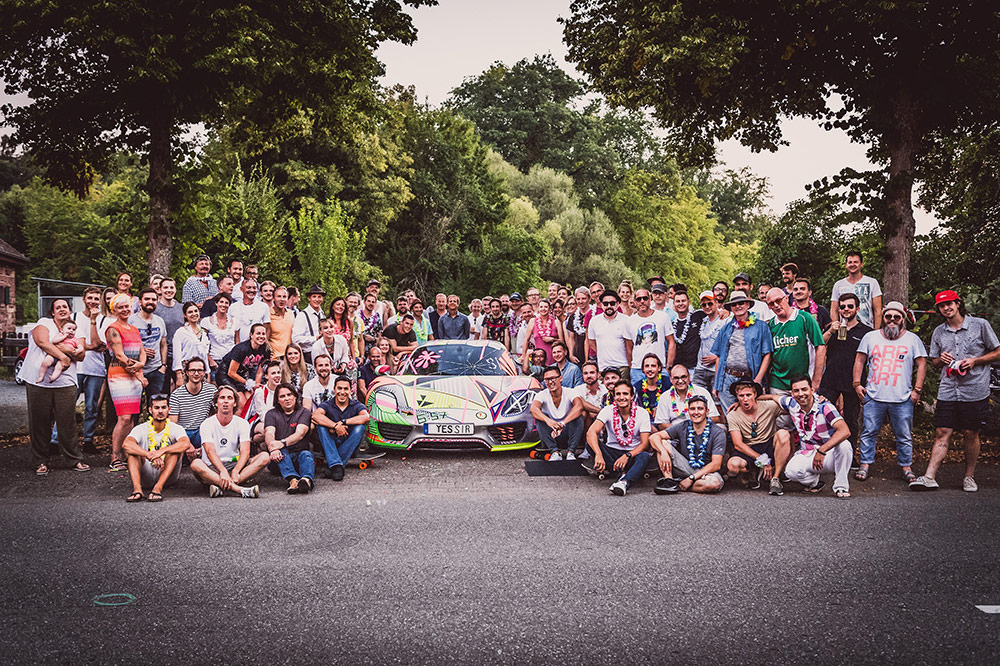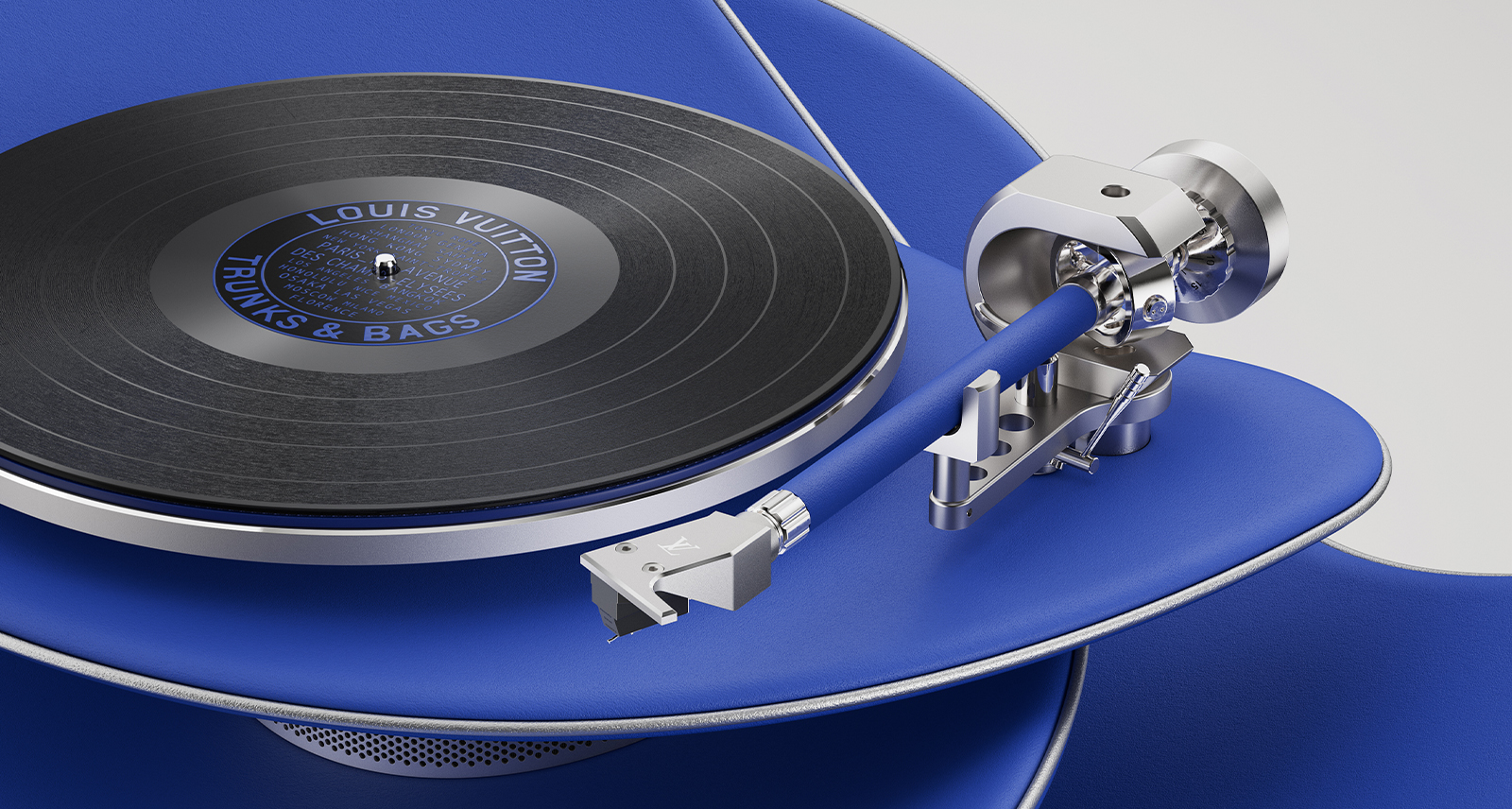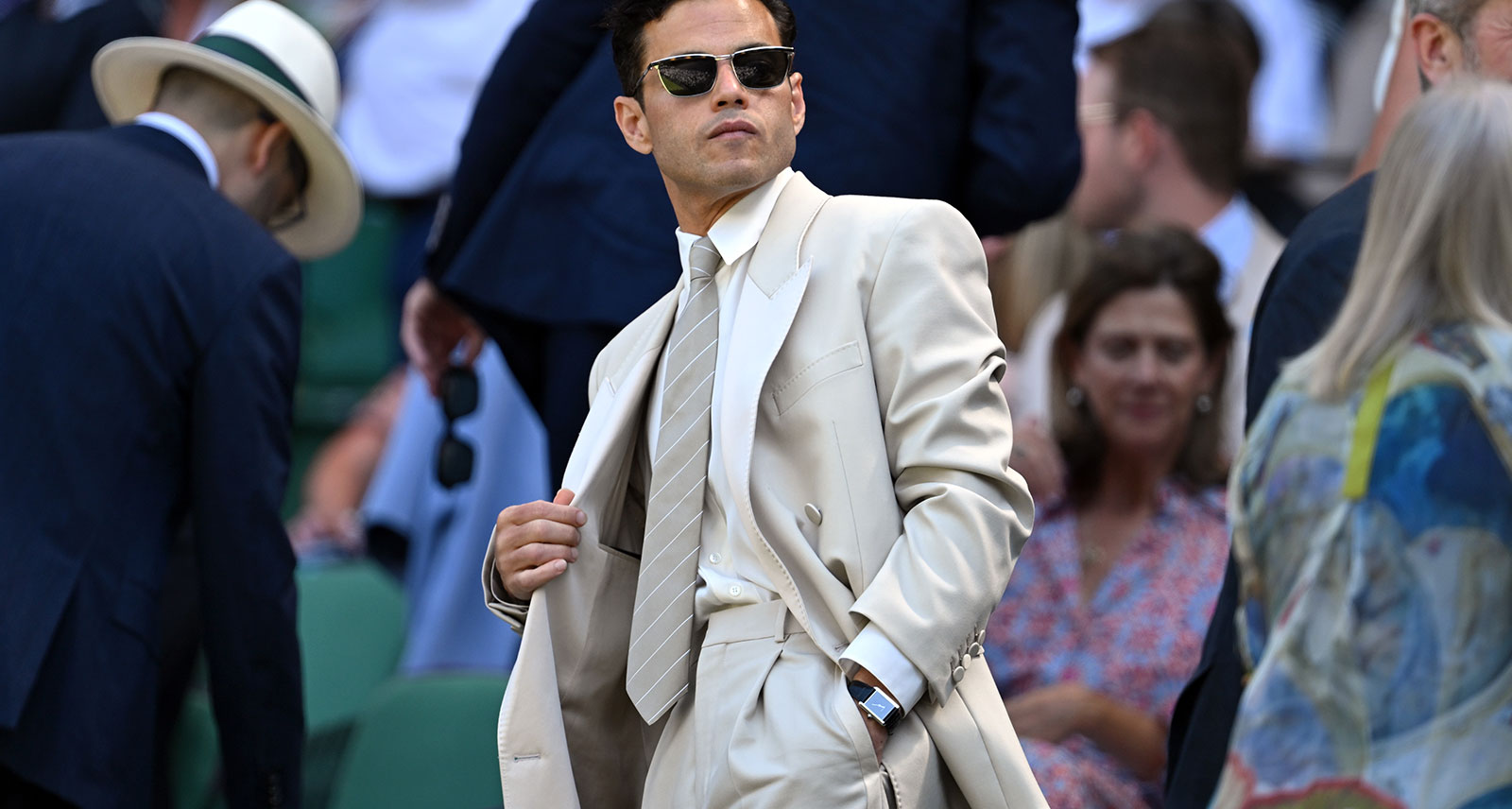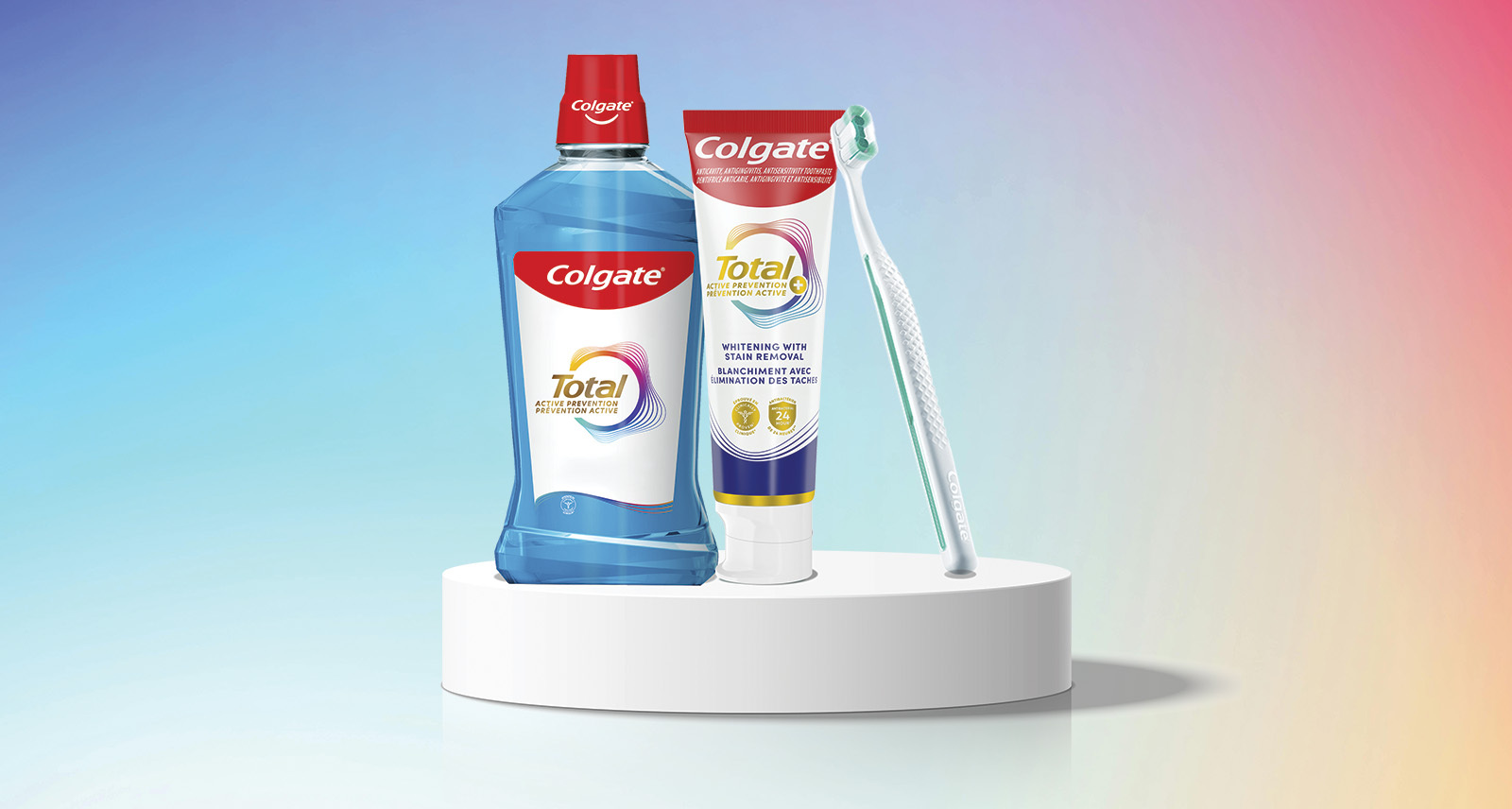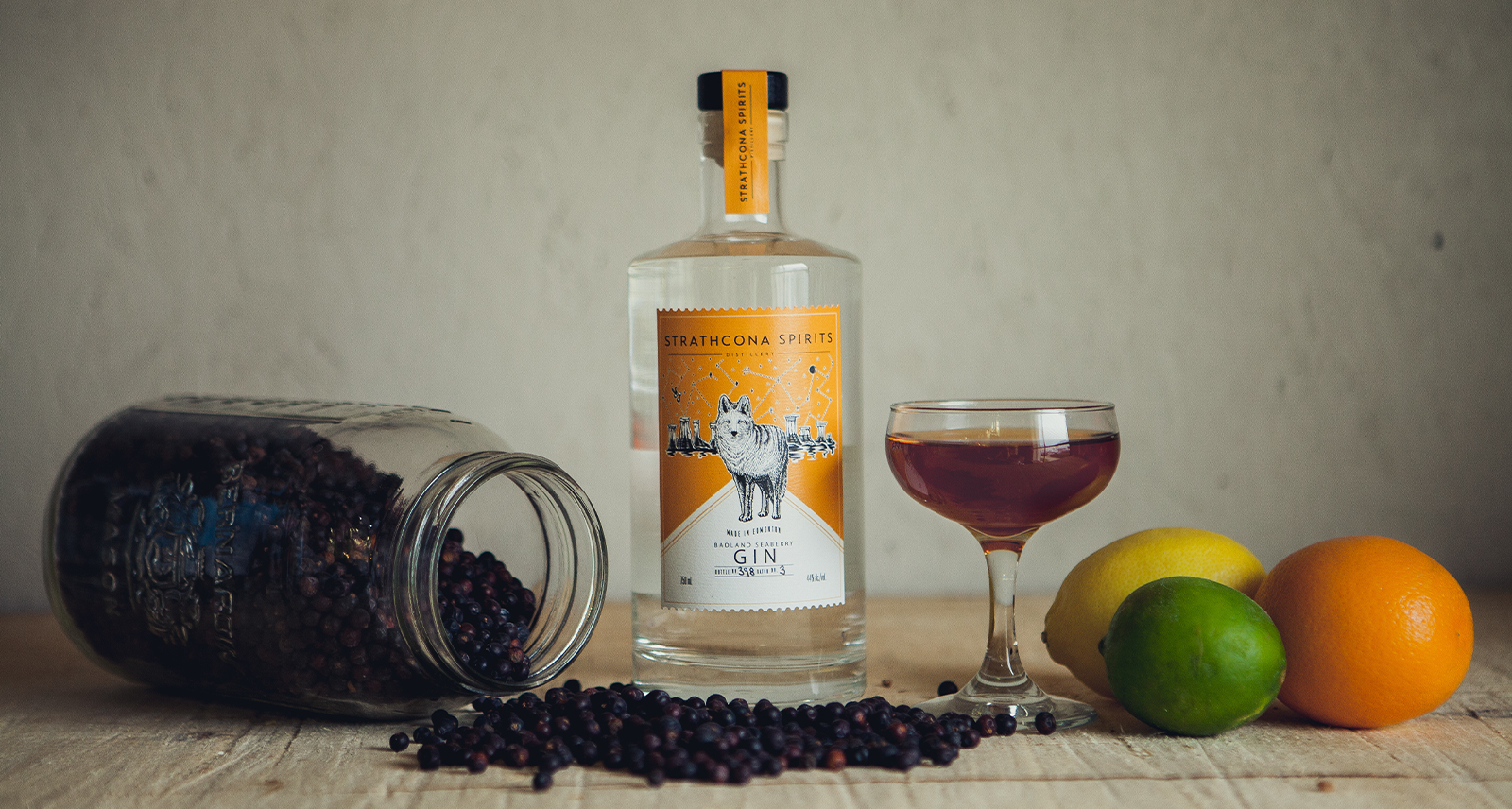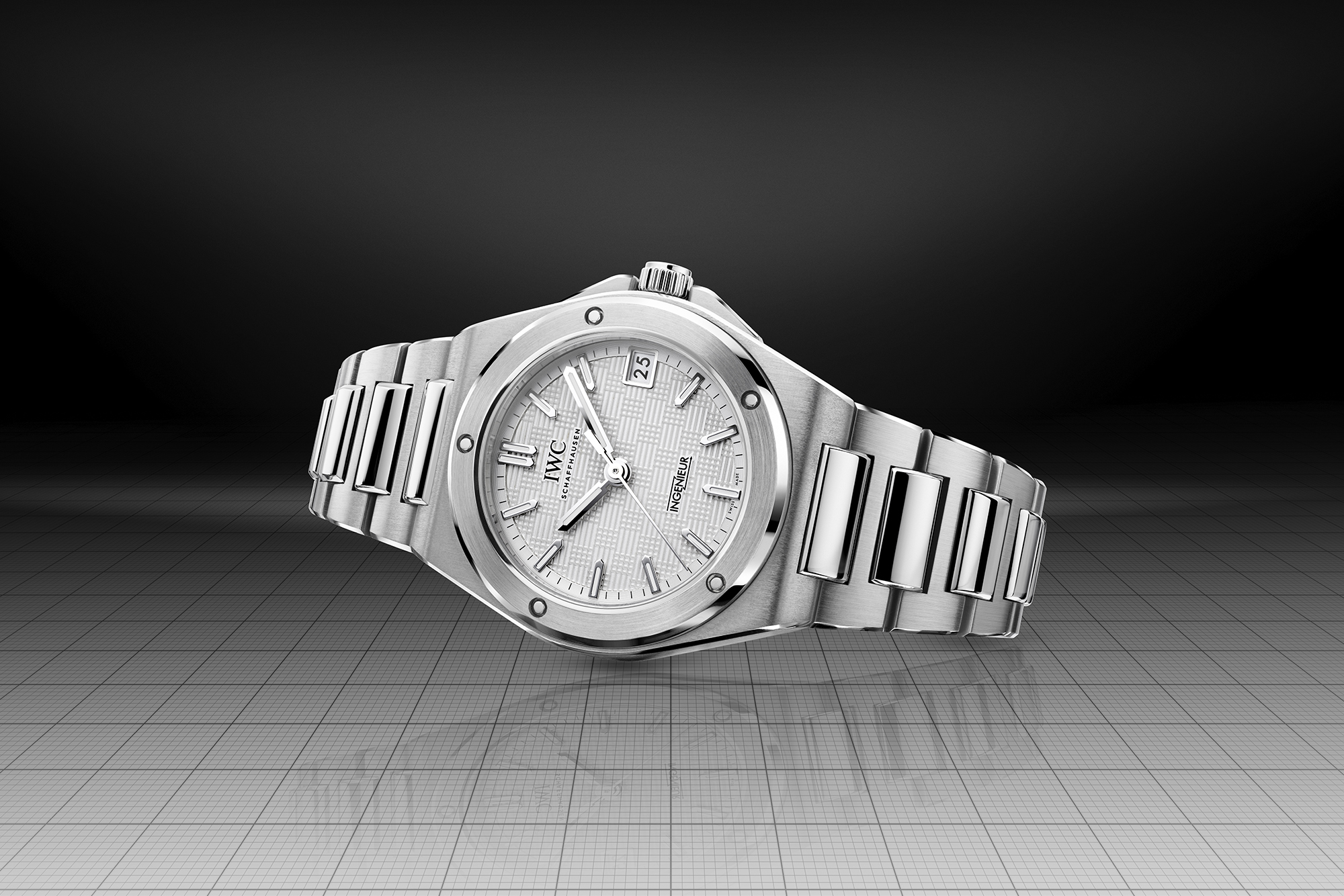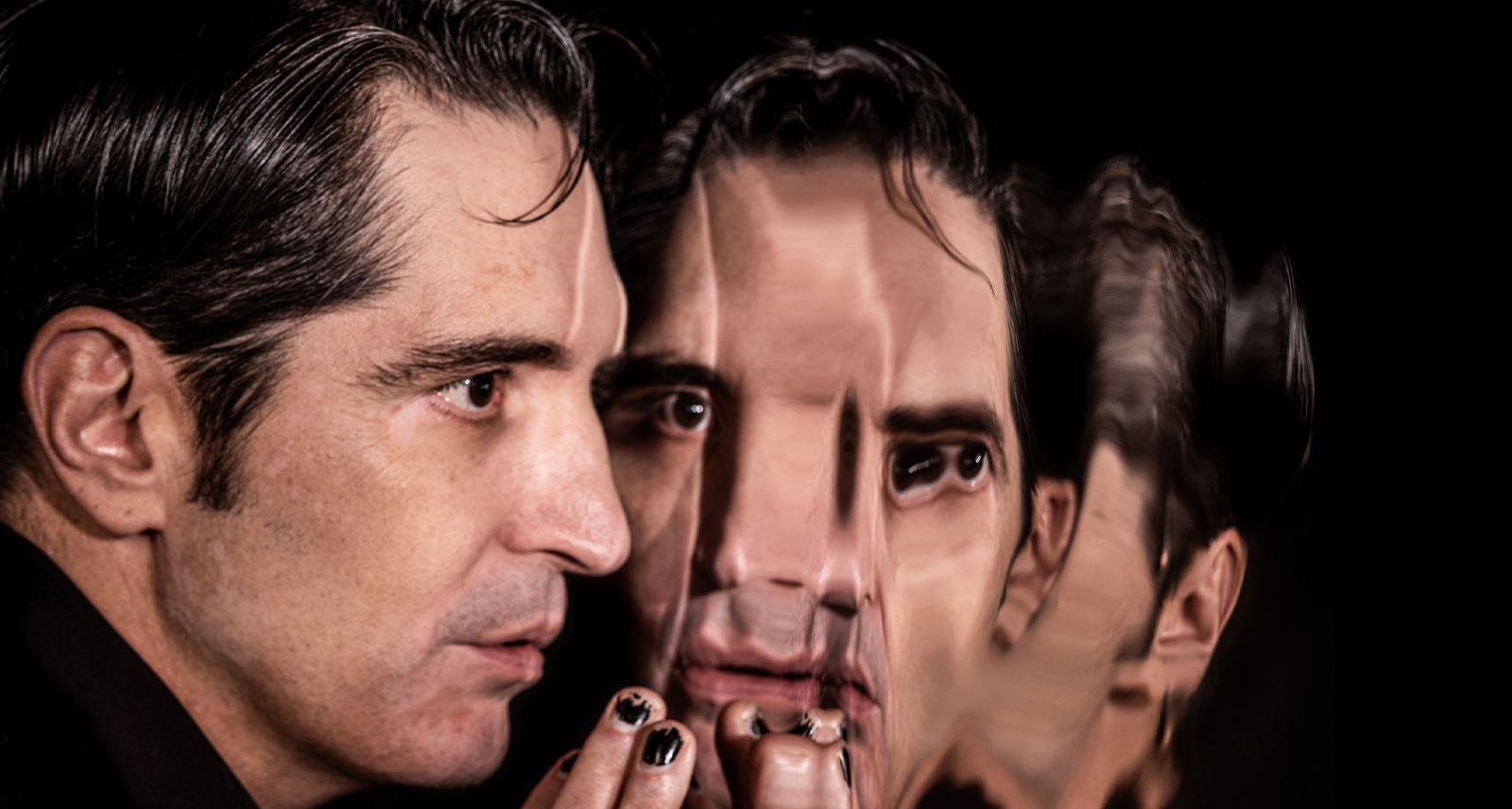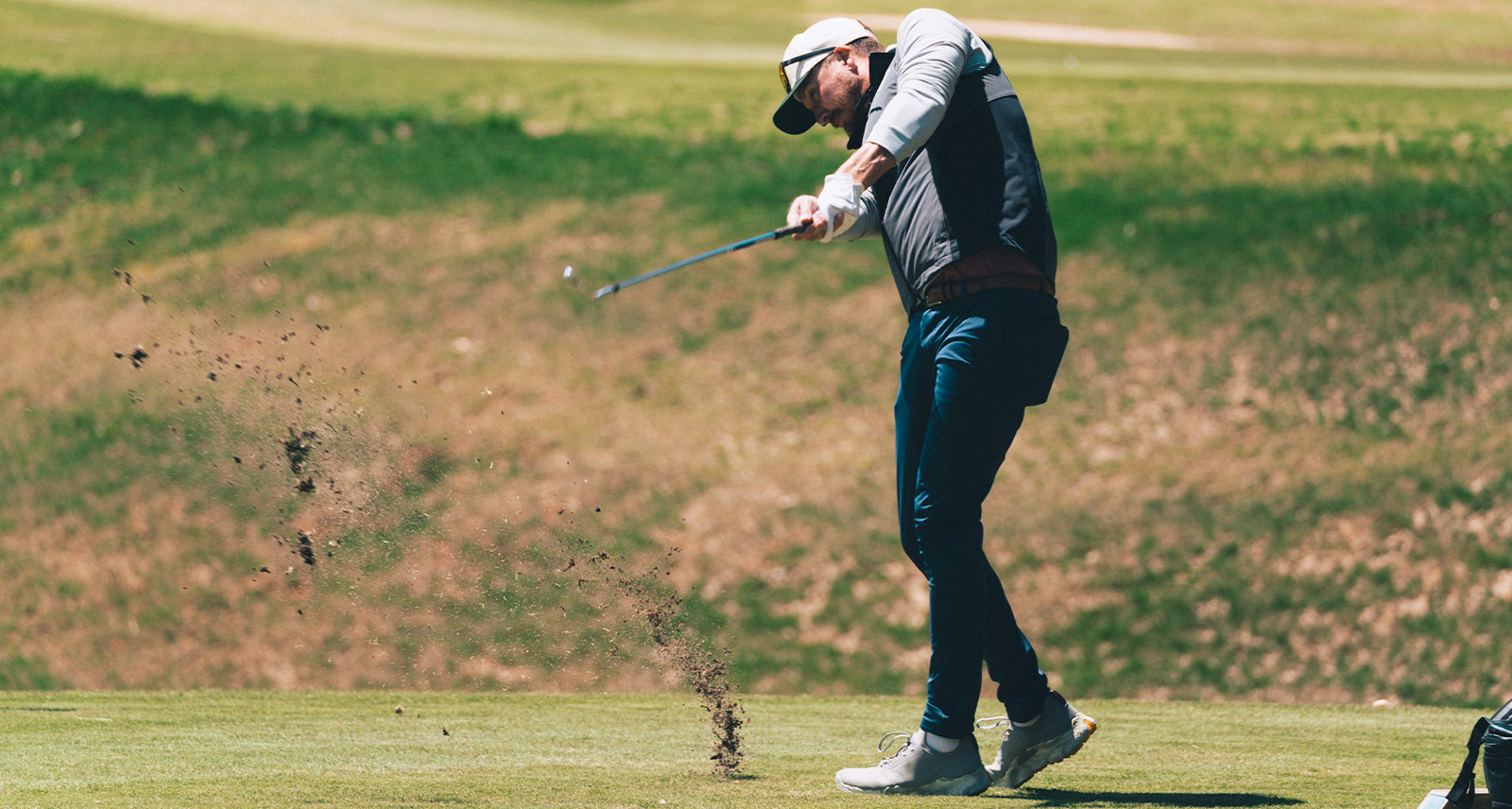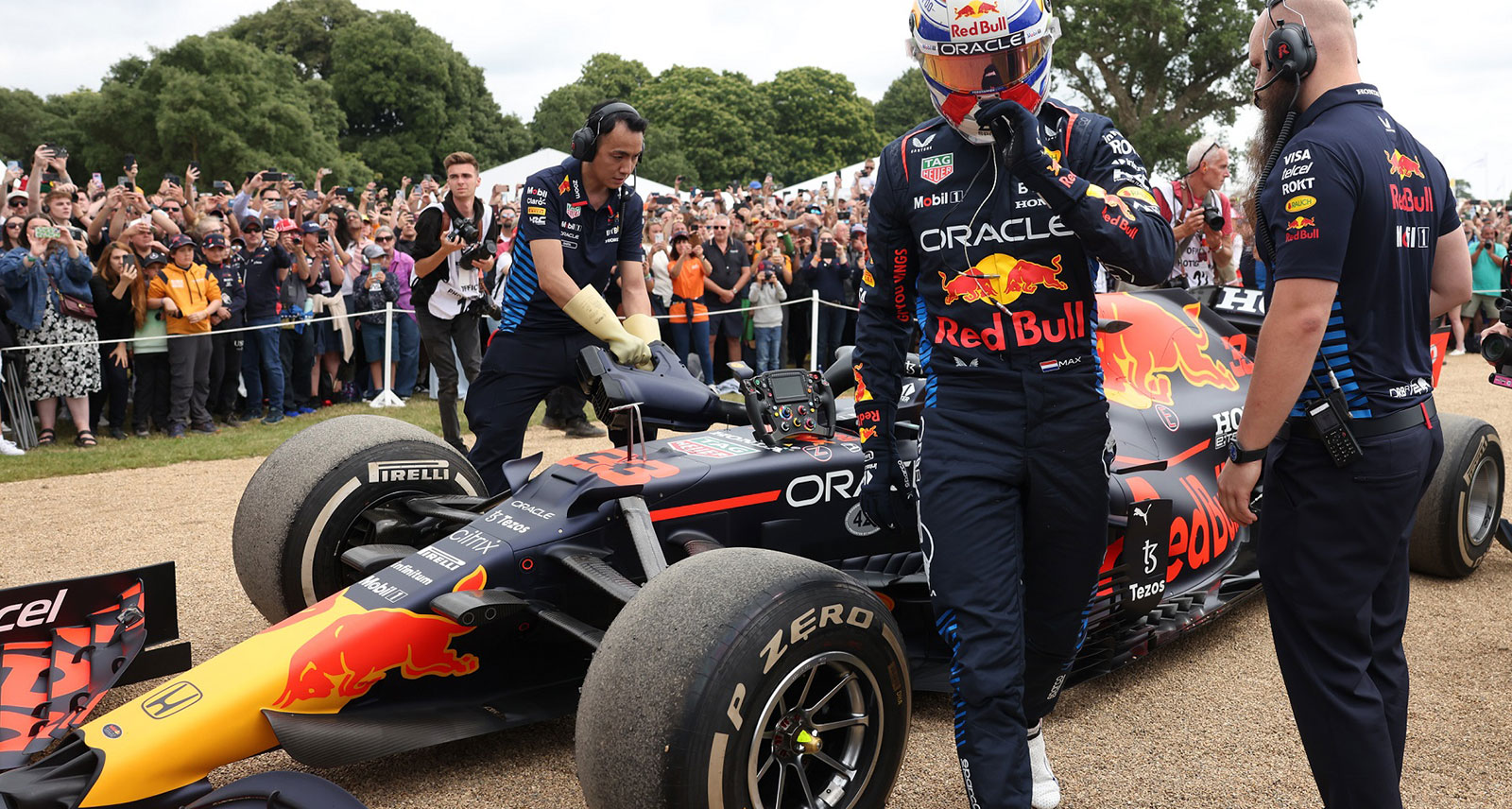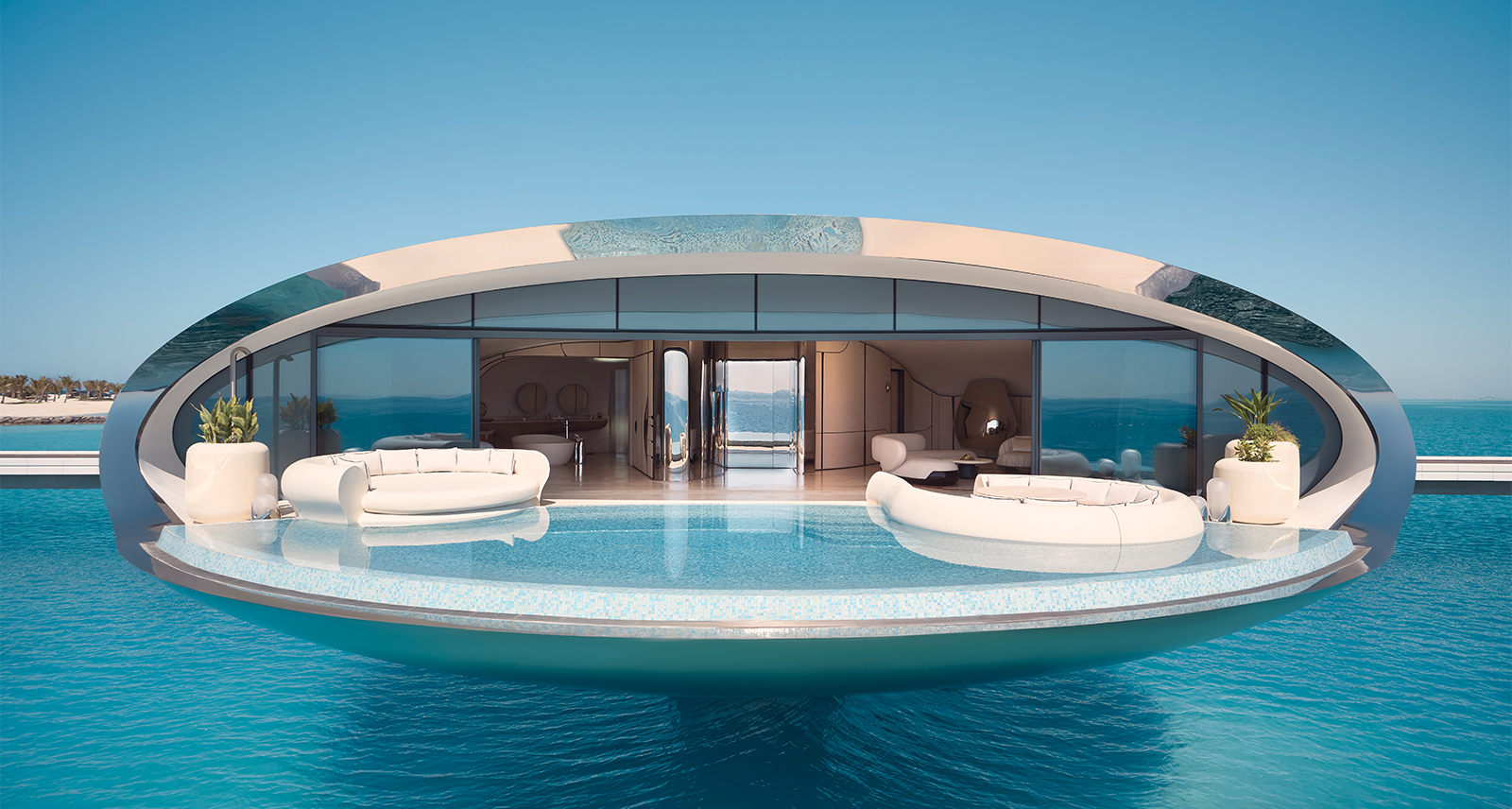An Inside Look at the Porsche Design Process
There are few places more secretive than an automotive design studio. Outsiders are almost never allowed into Porsche’s studio in Weissach, Germany. Inside those offices are closely guarded corporate secrets, including details of every new Porsche vehicle that’ll hit the road over the next two to four years. If you thought Apple had it tough trying to hide its next-generation iPhones, imagine trying to hide a full-size SUV from prying eyes.
The long-time head of Porsche’s design department Michael Mauer recently provided some insight into the design process that enables the brand to keep fan-favourites like the Porsche 911 from going stale.
“Everybody in the design department can contribute, can deliver ideas,” he said. Normally the department has a monthly in-person meeting, which he described as a kind of marketplace where designers can pitch different concepts.
These new photos from inside Porsche’s Weissach studio – carefully selected so as not to reveal any future products – show a large, ultra-high-tech studio that any artist would kill for. It’s an interesting mix of old and new, just like Porsche. There are markers, colour swatches, sketchbooks, toys, action figures, huge clay models and line-drawings done with tape covering the walls, right alongside VR goggles and 3D scanners.
“Porsche intentionally has just a single design studio, located in close proximity to development and production,” said Mauer. “Weissach is our epicentre. Instead of opening advanced design studios in the distant metropolises of North America and Asia, our designers come from all over the world to Porsche in Weissach. They come to the heart of the brand, amid the fields and forests, in order to create the latest production sports cars and automotive visions.”
Mauer has said the three most important parts of automotive design are the proportions, the proportions and – you guessed it – the proportions. For that reason designers are deeply involved from the very early days of any project. In total, it usually takes about four years to go from the initial idea to the start of production.
Ideas start as a sketch, then go into the digital world, then back and forth between the two mediums, iterating as they go. Virtual reality headsets are used to visualize concepts in the very early stages. Initially, several design compete, each moving forward, until one eventually emerges victorious. The final shape of the new 911 was still created the old-fashioned way, as a full-size clay model sculpted by hand – and then 3D scanned so it could be mass-produced. You’ll appreciate that hand-sculpted shape every time you see a 911 out in the sunlight; there are almost no hard lines on it and yet it still looks so focused.
More than 120 designers work at the Weissach studio, including experts in interiors, exteriors, colours, materials and modelling. In the morning, a designer might work on the bumper details of a new Macan derivative, and then spend the afternoon dreaming up a wild supercar concept for 2050. “This balance keeps the designers awake and creative, and ensures maximum exchange of information between the projects,” said Mauer. Even though most concept cars will never see the light of day they’re a crucial part of the process. Without them, he said, “instead of setting new trends with innovations, you would simply be standing still.”
It’s this process that led to the design of Porsche’s first EV, the smash-hit Taycan. And, it’s the same process that will ensure the fan-favourite 911 never looks stale. Clearly, Mauer and his designers have this art down to, well, an art.
“What I think is great is that [Porsche CEO Oliver Blume] gives us in the design department budget without knowing what the result will be,” Mauer said. “There’s a kind of trust there,” he added. “It’s a very good way of making sure the brand is developing.”
